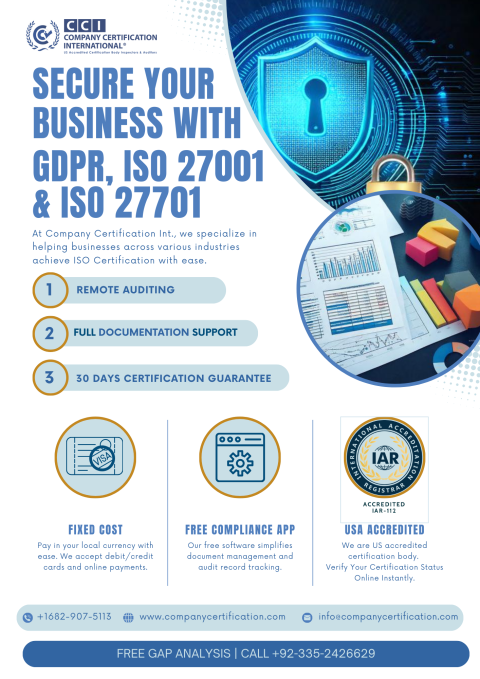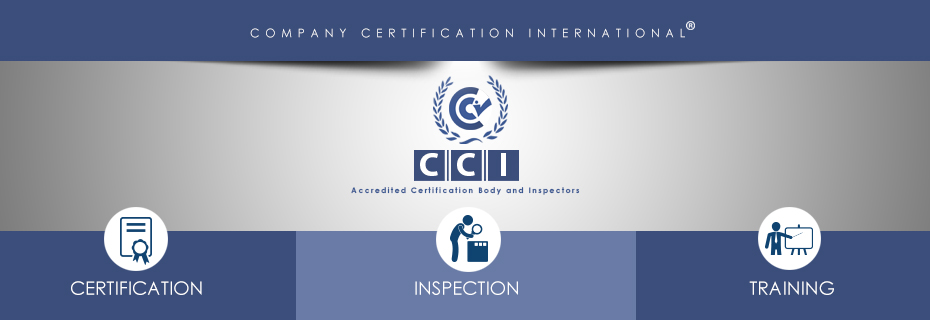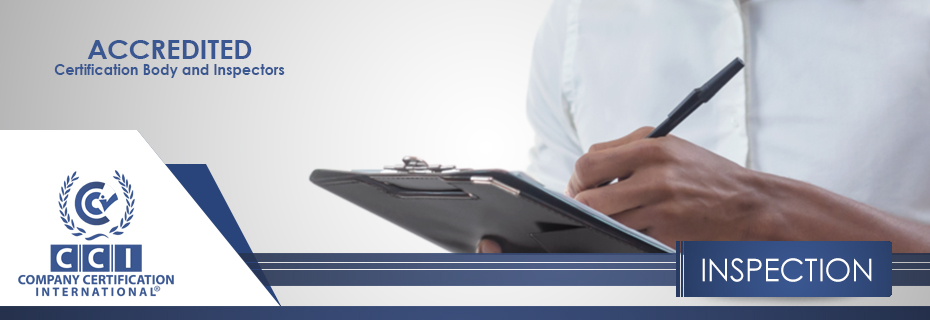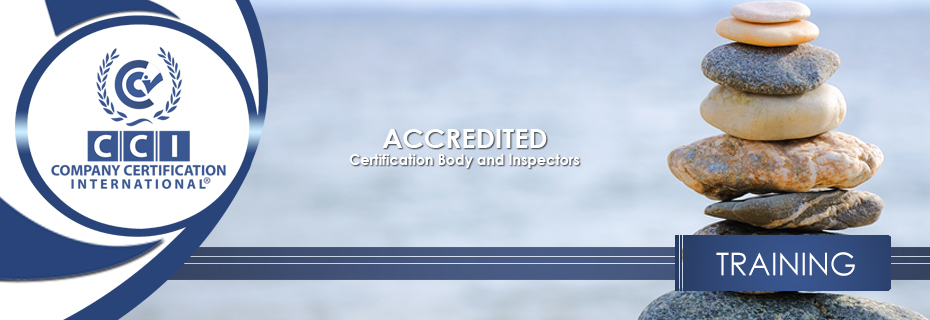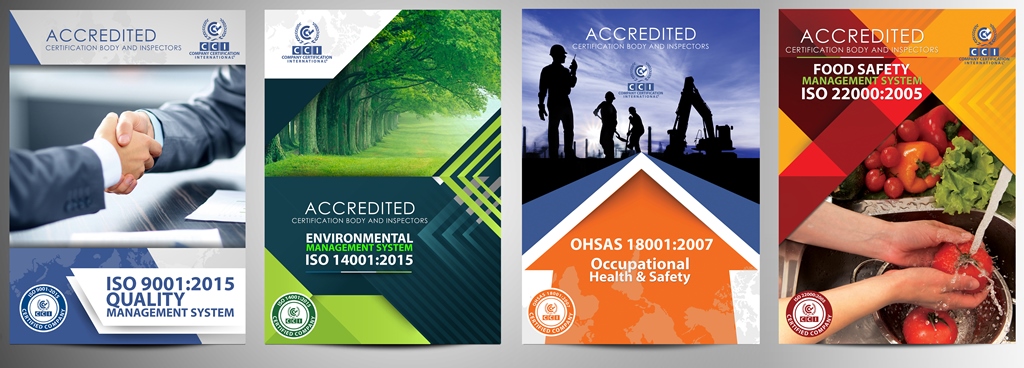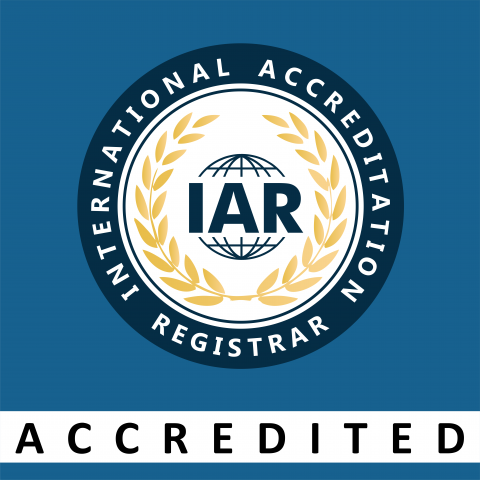ISO 27701 Privacy Information Management
WHAT IS ISO 27701 & GDPR?
Meet your stakeholders’ privacy demands. ISO 27701 builds on the principles of ISO 27001 with requirements for implementing a Privacy Information Management System (PIMS). This international standard provides organizations with guidance on privacy protection, including the management of personally identifiable information, and helps demonstrate compliance with key regulations such as the EU GDPR through a robust approach to managing information assets.
Certification to ISO 27701 leads to a stronger information security management system that properly addresses the changing requirements and expectations around privacy management and builds trust with stakeholders.
Our ISO 27701 Services
Our experts are equipped to deliver flexible ISO 27701 services through both on-site and remote sessions or as a blend of both; we’re here to work around the unique needs of your business.
SOC 2, ISO 27001, ISO 27701 & GDPR Comaprison
Understand the differences between leading security and privacy frameworks.
| Feature | SOC 2 | ISO 27001 | ISO 27701 | GDPR |
|---|---|---|---|---|
| Developed by | AICPA (American Institute of Certified Public Accountants) | ISO (International Organization for Standardization) | ISO (International Organization for Standardization) | European Union (EU) |
| Focus | Security, availability, processing integrity, confidentiality, and privacy of customer data | Information Security Management System (ISMS) | Privacy Information Management System (PIMS) | Personal data protection and privacy rights |
| Applicability | Primarily for SaaS, cloud, and technology service providers | Any organization handling sensitive information | Organizations managing personal data (PII) | Any organization handling EU residents' personal data |
| Framework | Trust Services Criteria (TSC) | ISO 27001 Annex A controls (aligned with ISO 27002) | Extension of ISO 27001 with privacy-specific controls | Legal framework defining rights, obligations, and penalties |
| Certification Type | No formal certification, only an attestation report by an independent auditor | Formal certification (3-year cycle with audits) | Formal certification (must have ISO 27001 first) | No official certification, but organizations must demonstrate compliance |
| Assessment Type | Type I: Point-in-time audit; Type II: Continuous assessment over time | Certification with surveillance audits | Certification with periodic audits (linked to ISO 27001) | Self-assessment & regulatory audits by data protection authorities |
| Legal & Compliance Alignment | Helps meet HIPAA, GDPR, CCPA, but does not guarantee compliance | Aligns with NIST, GDPR, SOC 2, and other security frameworks | Supports GDPR, CCPA, LGPD, and other privacy laws | Legally binding in the EU, applies to businesses worldwide handling EU personal data |
| Audit Frequency | Typically annual or per client request | 3-year certification cycle with annual surveillance audits | Linked to ISO 27001 audit cycle | No mandatory audits, but data protection authorities can enforce compliance |
| Key Deliverable | SOC 2 Report (Type I or Type II) | ISO 27001 Certification | ISO 27701 Certification | Compliance documentation & evidence for regulators |
| Data Protection & Rights | Focuses on security but does not define specific privacy rights | Focuses on confidentiality, integrity, and availability of information | Defines privacy-specific roles (Data Controller, Processor) and compliance requirements | Grants individuals rights (access, rectification, erasure, portability, etc.) |
| Enforcement & Penalties | No legal penalties; failing SOC 2 can lead to loss of business | No direct penalties, but losing certification can impact business | No direct legal penalties, but non-compliance impacts ISO 27701 certification | Fines up to €20 million or 4% of global annual turnover for violations |
| Geographical Influence | Primarily North America (U.S.) | Global (ISO standards apply worldwide) | Global (Designed to align with GDPR & privacy laws) | EU and global businesses handling EU citizens' data |
The Certification Process
Online gap analysis allows us to see the current
- quality benchmark within your organization,
- the finances required
- the time required for this project (System and Certification Fee)
Your Estimate will be shared with you in 24 hours.
Upon Estimate Approval the project starts:
- A client executive is assigned to your project
- Contact information is shared with you
- The Payment details are provided to you
All Support is delivered Online.
The Client Executive will provide the Documentation Templates and explain to you how to amend it.
You will be required to perform the following tasks:
- Identify your core or business processes.
- Amend documentation that meets your business needs. (Policy statements, objectives, manuals, work instructions, job descriptions, forms.)
- Encourage employees to be aware of the new documented system
- Review, approve, and distribute the documents to those who need access to the information.
- Ensure procedures are being performed as documented.
- Ensure employees are trained properly for the tasks they are performing.
- Create effective reporting systems.
- Monitor the effectiveness of your processes through the use of measurable data, where possible.
- Review and take action to improve in the areas required.
- Plan internal auditing activities.
- Submit your management system documentation for review to ensure it complies with the applicable standard.
- Prepare for review by an external auditor to confirm that the system’s requirements are being satisfied and that the management system is implemented effectively.
- Obtain ISO Certifcaiton
- This periodic on-site review is usually conducted annually.
- It ensures that the certified business continues to comply with Standard requirements, as confirmed during the Recertification Audit at the certification cycle's outset.
- Most are conducted remotely.
Refer to learn more about Types of Audits

